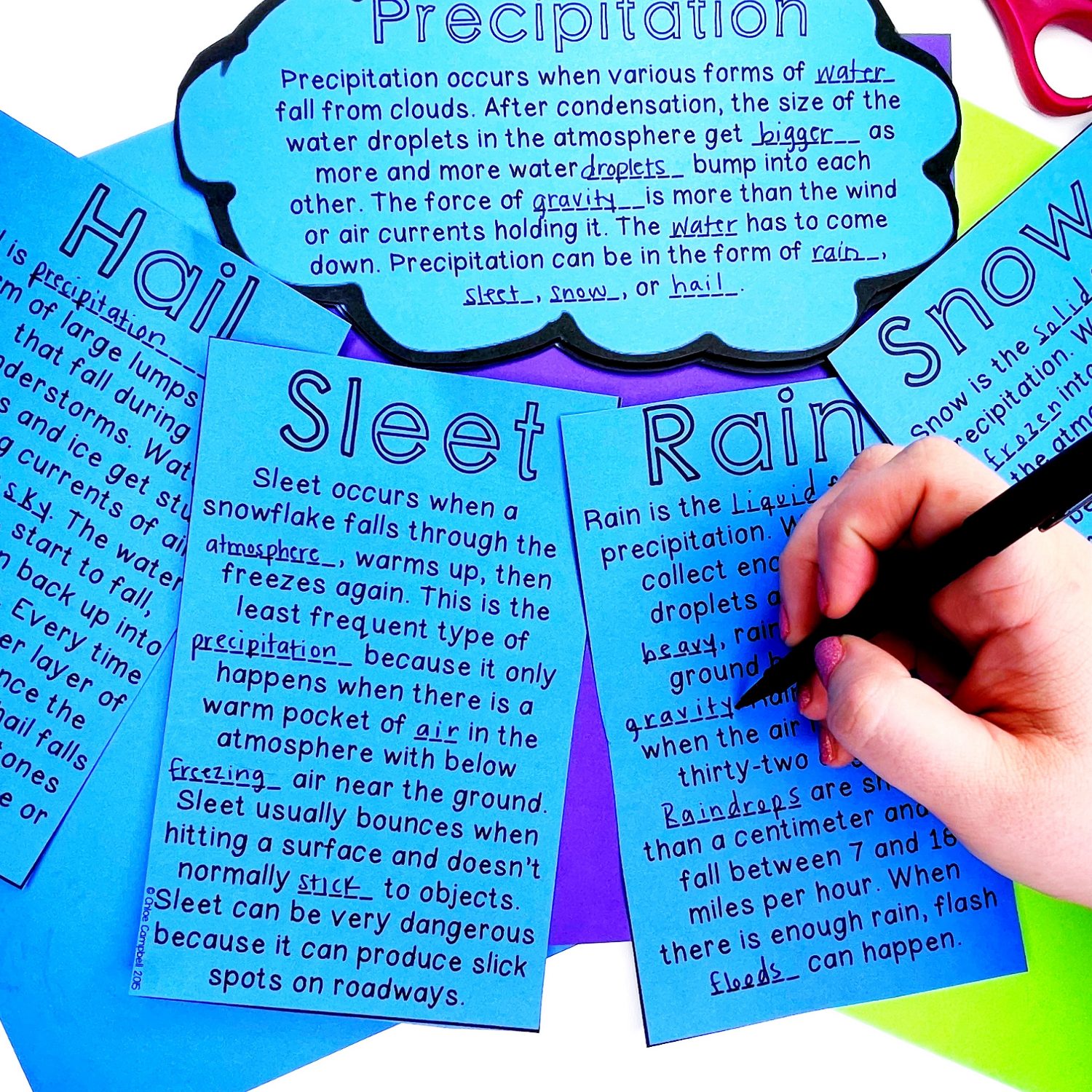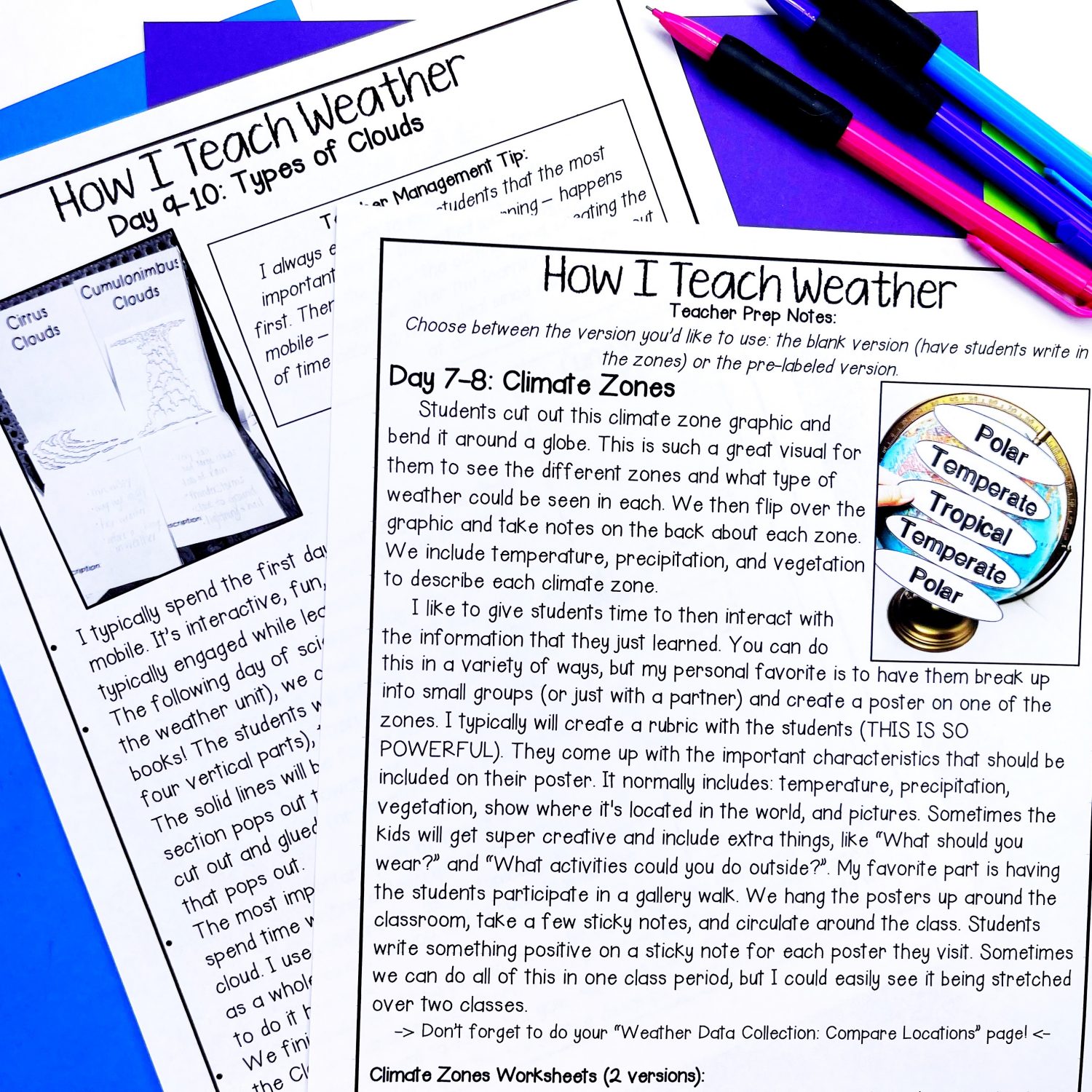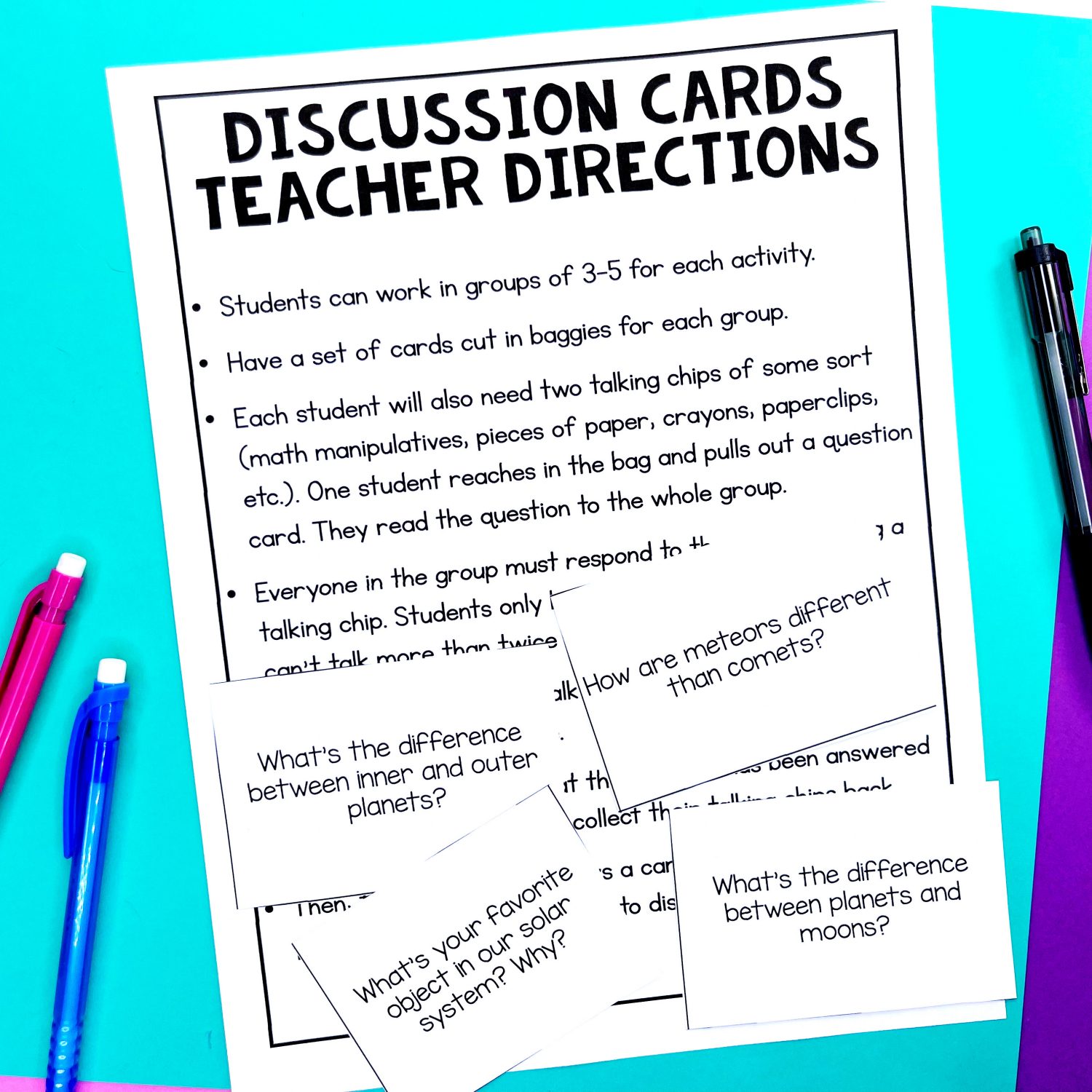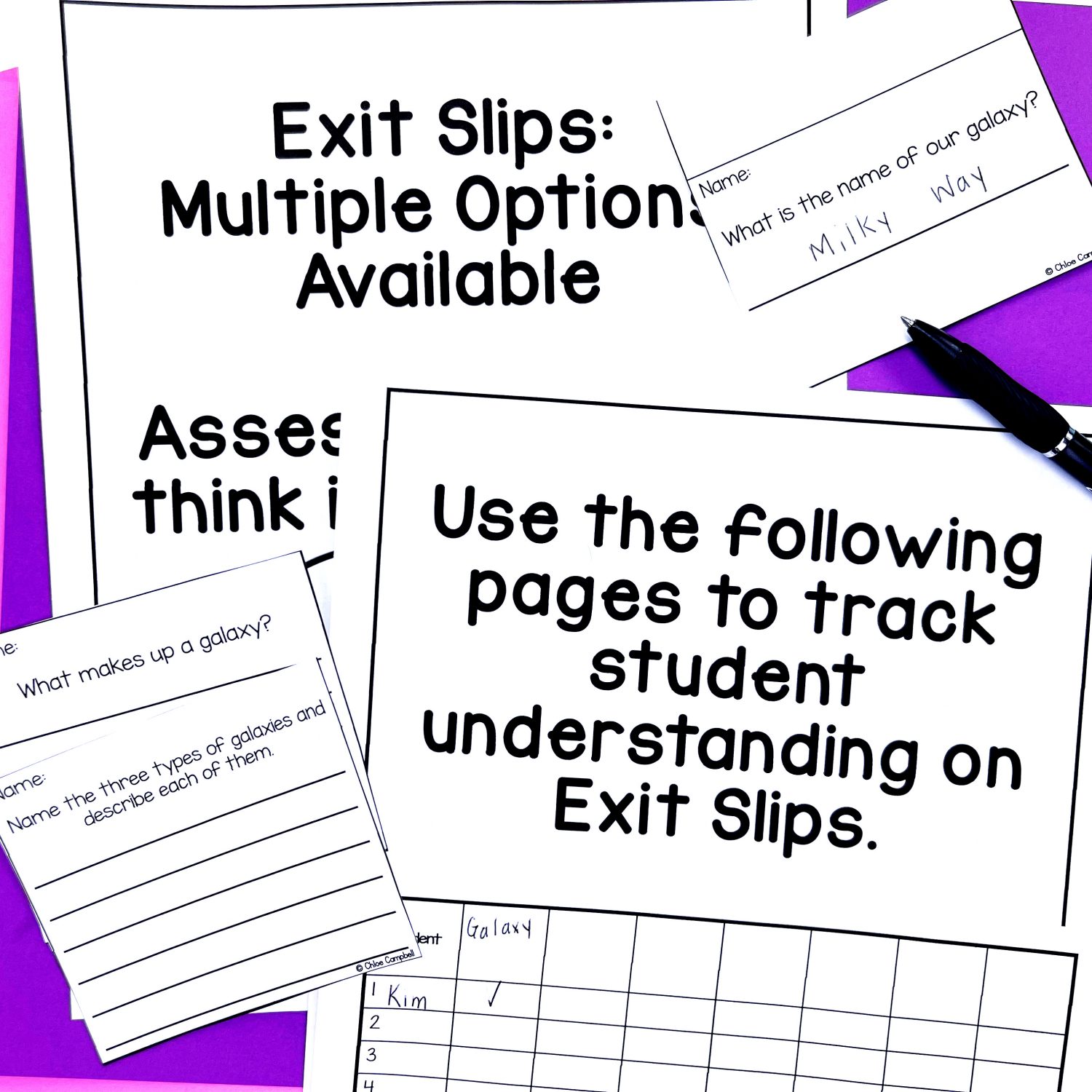
There is a lot to think about when starting a new school year or preparing for next year. Science units often take a back seat to math and language arts, but they shouldn’t! There are so many great activities that help incorporate those subjects into science, and students usually L-O-V-E any engaging and hands-on activity. Here are the steps I take when planning science units for elementary classrooms!
Step-By-Step Guide for Planning Science Units for Elementary Classrooms
This guide will help you plan almost any unit in science, whether it is body systems, solar systems, biology, chemistry, or a mixture of many different science lessons. This guide can break down the planning process and make elementary science units easier to plan and deliver!
Step #1: Figure out the standards
Figuring out the standards should be the base of any lesson or unit you plan. You need to determine what you want your students to be able to know or do once the unit or lesson is complete. Elementary units do not have many standards per lesson and should focus on 2-3 standards at most.
When planning an entire unit, you want to write out all the standards you plan to accomplish during the specific unit. Each unit will have unit-specific standards and standards that intertwine with other subjects and other science units. Example: You will be covering some of the same standards in a physical science unit as an earth science unit.
Step #2: Student Assessments
After you have figured out the standards, you plan on covering during your science unit. You will want to figure out how you plan on assessing students. Will you evaluate them with a written test? Will you use a science project? Maybe a mixture of both?
Depending on the stage the students are in with their learning, the assessments will look different. It also depends on the grade and the kids in your classroom. Some classes are more hands-on learners and would thrive with a science project, and others would do better with a written assessment.
Step #3: Hands-on or Directly taught
This step is when you decide which science activities may be an opportunity for students to get messy. You’ll also have to decide which lesson should be directly taught, or maybe a class demonstration. Many hands-on science units are designed to let students investigate different areas of a topic using a mixture of both.
It is ok if your students don’t have a hands-on experiment every class, and you just need to decide where and when these activities will take place and where they fit best in your science unit studies.
Step #4: Time Frame
The next part you want to look at is the time frame you need to teach the unit. Some units like human body systems may take a longer amount of time than a chemistry unit. Sit down with a calendar with all of your days off, half days, testing days, etc., to make sure you account for those.
Then look to see how long you think each standard and set of lesson plans will take you to complete. It is always important to look at the whole year because you do not want to be scrambling to fit in three units before your district heads on summer break!
Step #5: Day to Day Planning
Now you have reached the fun part. This is where you dive into the lesson plans and decide what activities, experiments, readings, etc., you will do each day! With units of study, you want the lessons to build on top of one another and end in a culminating project or written assignment. You also want to make sure you have little check-in points to make sure students comprehend the standards and learning.
Science in elementary classrooms is just the base of learning. You want to give them a taste of a lot while still making sure you are covering your grade-level standards.
Step #6: Higher Order Thinking
When you think about unit planning, you want to think of some higher order thinking questions. Students cannot find these answers right in the reading, and they have to use their inference skills and think a little deeper. Higher order thinking is where the real learning comes into plan. Students really use information from their investigations, experiments, readings, and more to answer.
Step #7: Add Daily Assessment Component
It is always a good idea to make sure you are checking in on your students daily. Assessing students doesn’t mean you need a 6 question quiz every day before a lesson. Science units for elementary students give you a lot of different opportunities to assess your students.
Give them a quick science journal question, have them turn and talk to their partners and listen in. It is important to think of different ways to assess students daily without making them sit for a quiz every day.
Step #8:Ways For Students to Interact
Science is all about interaction and getting students to talk and work together. Even if you decide the lesson does not need a hands-on component or you will be doing the demonstration, you should still find a way for students to interact with one another every day. This interaction can be a discussion, sharing their written response with a partner, or discussing their hypothesis or findings.
Planning Science Units for Elementary Classrooms
I am going to add a shameless plug for my science unit plans at the end of this post because I genuinely believe they will make the process of planning science units for your students 100% easier. They are the perfect combination of all of the steps above and include a pacing guide, informational texts, graphic organizers, hands-on experiments, different scientific crafts, high order thinking discussion cards, and more!
Your students will love these science units, and you will feel as though you have won the lottery when you download them! I suggest buying the 5th grade science unit growing bundle. You will receive ALL of the units I have created so far and every new unit I make.
5th grade science growing bundle
If you are looking for a specific unit: Check out the list below:
I hope you and your students enjoy these units. They have been a great help in my classroom!
If you are looking for more blog posts from the science series I have linked them below:








Leave a Reply